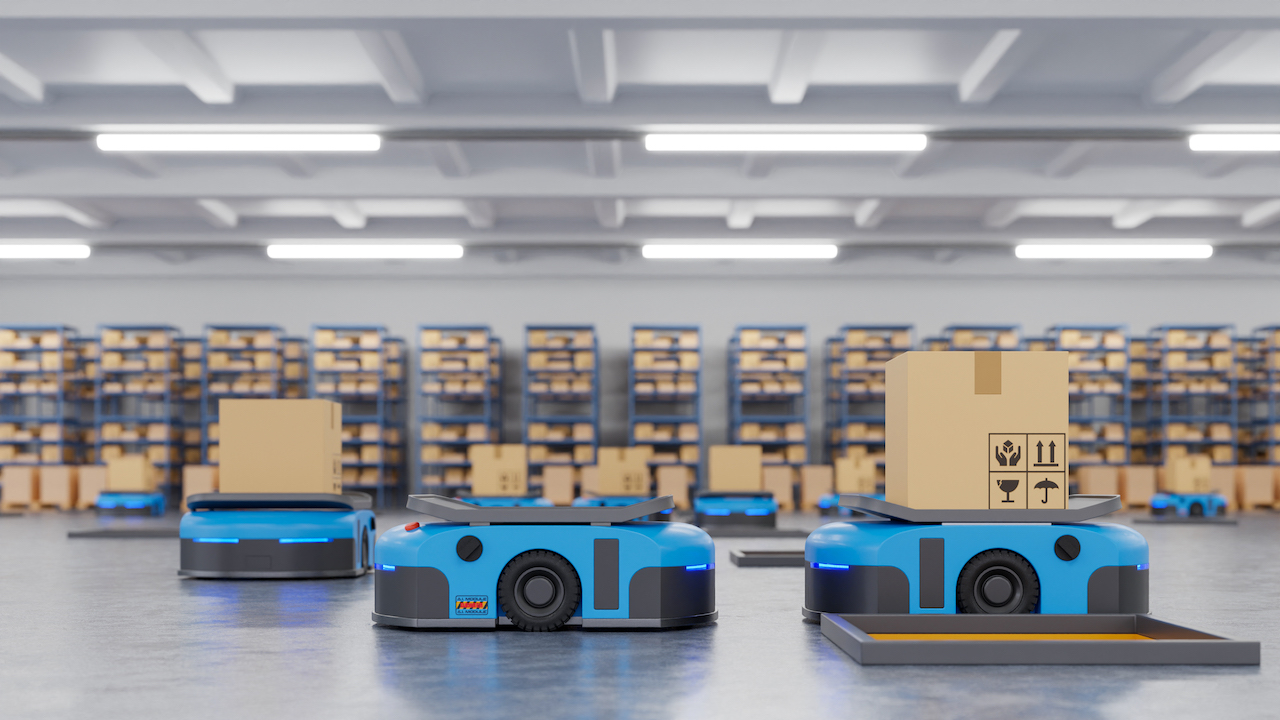Automation trends in facilities management are undergoing a rapid shift as automation technology evolves to streamline tasks and reduce operational costs. By incorporating automation in facilities management, organisations have confidently stepped into the industry’s future. And as AI continues to permeate the space industry, many experts predict that automation will become an increasingly integral part of managing offices and other workspaces – enabling more efficient operations while reducing overhead costs.
Today’s blog post will analyse current trends in facility automation and discuss innovative tech solutions that can improve your FM game!

Factors Contributing to the Spike in Facilities Management Automation
According to Fortune Business Insights, by 2029, the facility management market is predicted to balloon in value – with a compound annual growth rate of 5.7%. Currently valued at 1.26 trillion dollars, experts expect it will reach an unprecedented total of $ 1.85 trillion in just seven years! This data indicates the market reception towards facility management. The trend has become obligatory for any business to manage its facilities optimally. And with newer technologies making the trend much more efficient and effective, it’s only a matter of time before automation integration becomes the new normal.
The prospect is very lucrative, adding to a reasonable demand for automation in facilities management. However, there is more than one factor driving this demand.
Sustainability Concerns
With progressive environmental legislation and increasing awareness of environmental issues, organisations across various industries are encouraged to reduce their carbon footprint. Facilities operations management teams have begun to embrace automation as a way to not only help with compliance but also to monitor the energy consumption of assets for sustainability purposes. Automation tools such as quality assurance, ISO standards, waste management and circular economy processes make it easier for organisations to gather accurate information about resource consumption. Perhaps most importantly, these solutions can aggregate data to calculate a total carbon and water footprint – which are critical in today’s world when measuring how sustainably an organisation is operating.
Workplace Digitisation
Workplace digitisation is one of the most notable factors contributing to the rise in facilities management automation. As more and more workplaces embrace technology, digital solutions are revolutionising facility operations. This includes everything from facility asset tracking to employee scheduling and data collection. By automating these processes, businesses save time and resources that they can spend on other crucial objectives. Digitising also means higher accuracy in recording data, quicker resolution of inquiries and a more efficient system overall. Unsurprisingly, the uptick in digitised workplaces translates into increased demand for automated facilities management services.
Employee Well-Being
Employee well-being is the most critical factor driving the demand for automation in facilities management. Studies have demonstrated that workers are more productive when companies prioritise their comfort and safety needs. Automated services such as temperature monitoring, air quality control, lighting sensors, and access control can help maintain optimum conditions for employees. Predictive analytics also helps organisations anticipate and respond to any potential threats in the workplace – such as fire, hazardous materials or natural disasters. With safety being a primary concern for businesses today, automated technologies are valuable in maintaining employee comfort and well-being.
SaaS Technology and APIs
Digital solutions have had explosive growth within the software-as-a-service format, fuelled by APIs that streamline integrations and reduce costs. While digitisation projects remain costly in terms of implementation time, they are becoming increasingly accessible due to shorter setup times and a simplified adoption process. This shift is revolutionising how companies approach digital transformation – creating new opportunities and greater efficiency during their project lifecycle development and post-deployment stages.
Read why we need a watch list in every visitor management system application.
Comprehensive Solutions
Facility Management experts have developed comprehensive solutions that provide all the necessary information while keeping user experience a priority. The maturation of FM provides specialised services tailored to each organisation’s objectives, regardless of what they are. To ensure successful outcomes, companies should use available technology from one central platform which considers every variable related to their processes. Platforms exist with options for managing spaces and services, inventorying buildings for document management and coordinating between economic activities to prevent any potential health risks within work environments.
Trends of Automation in Facilities Management
As more companies turn to automation to streamline their FM operations, we see several trends emerge. Here are some of the most popular:

Industrial Internet of Things (IIoT)
The Industrial Internet of Things (IIoT) revolutionises how facilities communicate and operate. Connecting sensors, actuators, machines, and other elements to the internet provides unprecedented access – allowing us to monitor all data generated by a facility from anywhere in the world. Moreover, algorithms can power IIoT devices, enabling efficient operations without human intervention or manual on-site monitoring. Ultimately this makes it possible for decision-makers across industries to make smarter decisions faster than ever!
Cobots and Robots
Automation is increasingly becoming a trend in facilities management, with the implementation of cobots and robots in many companies. Cobots are collaborative robots characterised by their ability to interact with their human counterparts to complete tasks with greater ease and efficiency. Robots also assist in facilities management processes, performing mundane tasks such as cleaning, replacing lights, moving objects from one place to another and other operational activities. Both cobots and robots are cost-effective for organisations, as it eliminates labour-intensive or hazardous tasks and frees up capital investment. Automation has the potential to revolutionise facilities management by simplifying processes and reducing the need for manual supervision.
Predictive Maintenance
Predictive maintenance is a trend that has been gaining traction in the FM industry. This allows businesses to anticipate and prevent potential issues with their equipment or property before they arise. One can achieve this through advanced analytics, collecting and monitoring data from multiple sources (including sensors, machines, and other elements) to identify patterns and problems. By doing this, businesses can better plan for maintenance, which often leads to cost savings and improved efficiency in the long run.
Automated Asset Tracking
Asset tracking is another trend that is seeing increased implementation in FM automation. Automated asset tracking systems track all assets within a facility or organisation – from electronic equipment to furniture and fixtures. This is possible through RFID tags or barcodes, which one can scan to determine the location of each asset. Automated asset tracking can give organisations such as hospitality and healthcare real-time insights into their assets, helping them manage their inventory better and prevent potential losses.
Read about sorting systems for warehouse automation.
Maintenance Automation
Maintenance automation is a trend spreading like a wildfire in the FM industry. Through automation, businesses can easily manage their assets and reduce operational costs. Automation eliminates manual tasks such as scheduling maintenance activities, document filing, visitor management and asset management – freeing up personnel to focus on more critical issues. In addition, automated systems help ensure the completion of all maintenance tasks and address any potential issues promptly.
Conclusion
In conclusion, automation is quickly becoming a trend in facilities management as businesses look for ways to simplify processes and reduce costs. As technology advances and new trends emerge, the possibilities for automation increasingly become more accessible – making it easier to implement automation in facilities management. With the right strategies and systems in place, businesses can harness the power of automation to improve their efficiency and optimise operations.



